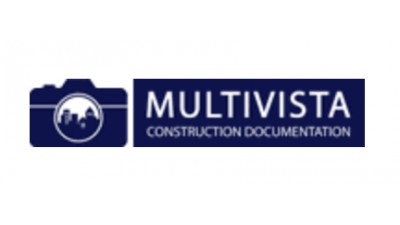1 Easy Way To Limit Construction Risk

There comes a point in the construction process when insulation and drywall cover the integral systems. It is a milestone to celebrate, if you have properly documented those systems. General contractors, owners and developers who have not could inherit greater risks and lose out on an invaluable resource.
Those in construction know not every design alteration that happens in the field is recorded, and the project's "as-built" records often more closely resemble "as-remembered" records. Even the most highly skilled workers and inspectors are human, and mistakes happen. Without thorough visual records, builders will never know exactly what is inside those walls, floors or ceilings after they have been covered up.
Archiving these details is a necessary step in limiting future liability, ensuring the project is built to code and verifying the level of quality meets expectations and standards.
Information is power, and visual as-builts delivered in a digestible way allow the project team to leverage that data effectively. This greatly reduces risk of cost overruns and schedule delays, and provides a permanent facilities resource that can be utilized for the entire life of the asset. Innovation and new reality-capturing technologies have paved the way for service providers to perform this type of comprehensive documentation, the largest and most proficient of which is Multivista.
Here are a three key reasons owners, developers and general contractors should consider visual documentation an important part of their construction projects:

Quality control
Owners, contractors and architects leverage these photos during the build cycle for quality control, including verification that the build is progressing according to plan, general overview, proof of schedule and subcontractor accountability. Owners can ensure certain materials have been used and that systems have been implemented correctly. Without documentation, building owners and project managers run the risk of seeing an otherwise efficiently designed property fall victim to unseen neglect, perpetuated throughout the duration of the build.
"We were recently asked by an inspector to verify the installation of 53 valves already covered by paint and drywall," a Birmingham, Alabama-based HealthSouth senior project manager said. "Using Multivista, we were able to look inside every wall without having to perform any unnecessary destructive verification."
Dispute resolution
Construction photography comes in handy when discrepancies arise during or after the build. Retaining high-quality visual documentation can help keep facts straight in change order negotiations and help resolve any claims through the lens of an unbiased third party. Once all the waterproofing detail of the exterior envelope is covered up, owners no longer have access to that crucial data.
One California mixed-use property presented construction photos to prove to a client in a legal setting that they had adhered to property specs and drawings. In a litigious environment, the party with the best information wins.
“This has not been feasible in the past, because we didn’t have the technology like we do today. A team member can check that all 500 shower heads were installed correctly in no time — beats walking the site and spot checking,” San Francisco-based Multivista Business Development Manager Joey Shuster said. “This is giving you that X-ray vision, long after construction is finished.”

Facilities maintenance
If covered walls with no photographic documentation are one of the property owner's biggest post-build liabilities, then these same walls are that owner's biggest time-saver when it comes to asset management.
Photos linked to interactive building plans can further support facilities employees in resolving issues efficiently. With indexed visual records, the operations and maintenance teams can arm themselves with a perfect photographic memory of the building's mechanical, electrical and plumbing systems. The goal of construction reality-capture companies, like Multivista, is to leave nothing to the imagination.
One Georgia healthcare network saved over $100K post-construction thanks to visual documentation, installing patient monitors in 556 rooms without risking destruction of critical building infrastructure.
"Multivista allows us to see behind walls, ceilings and even slabs to eliminate many unforeseen conditions and costs," Northeast Georgia Health Systems Vice President of Facilities Bill Clawson said.
To learn more about this Bisnow content partner, click here.

